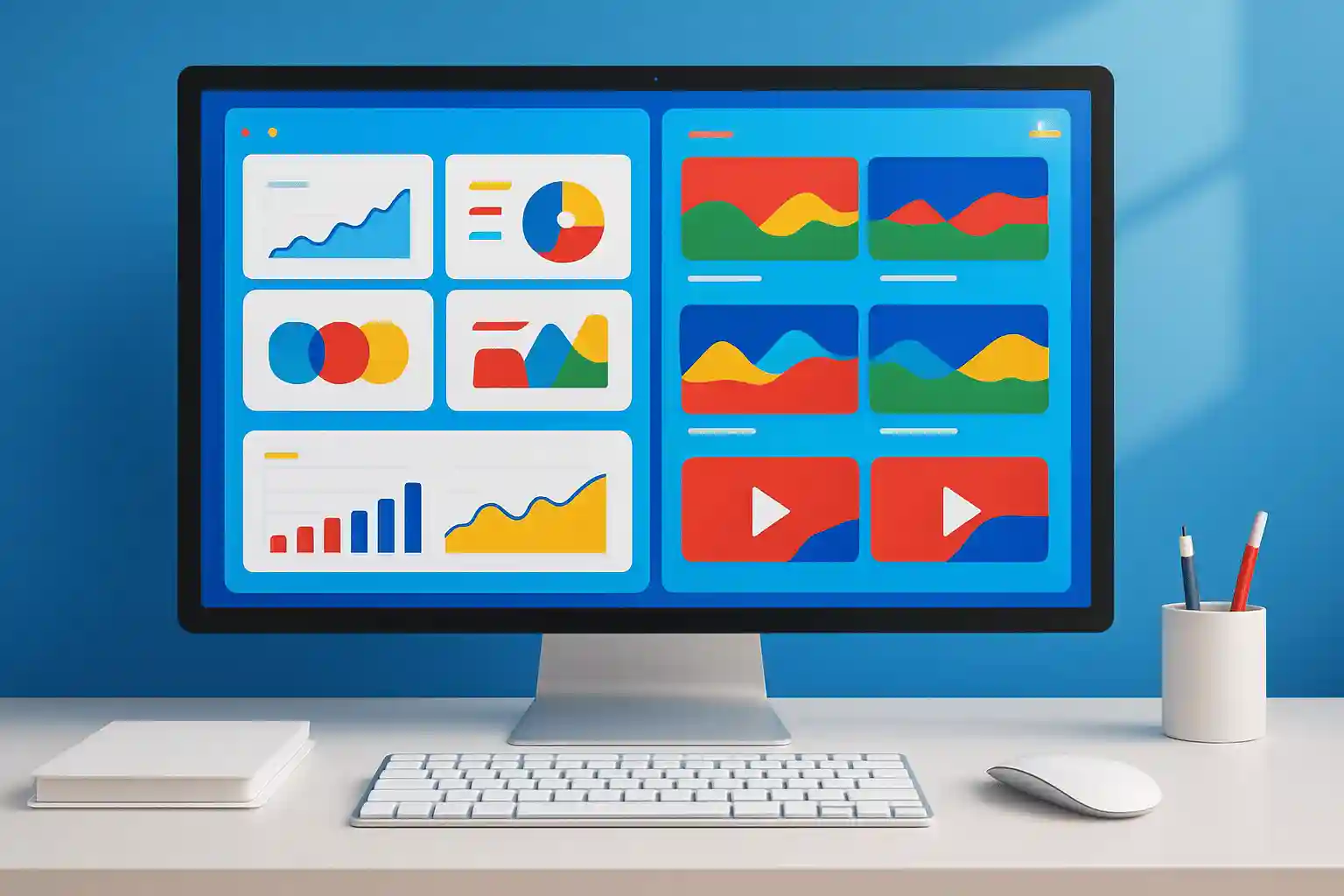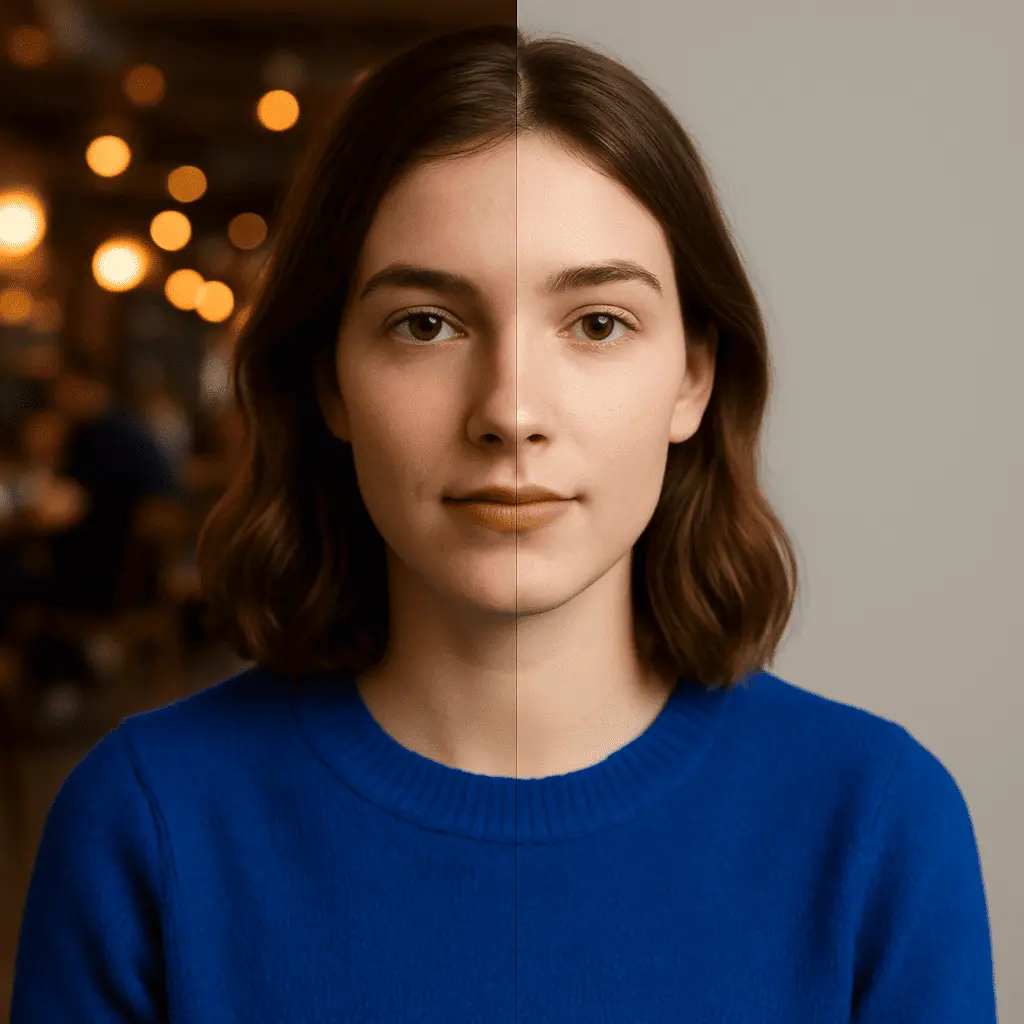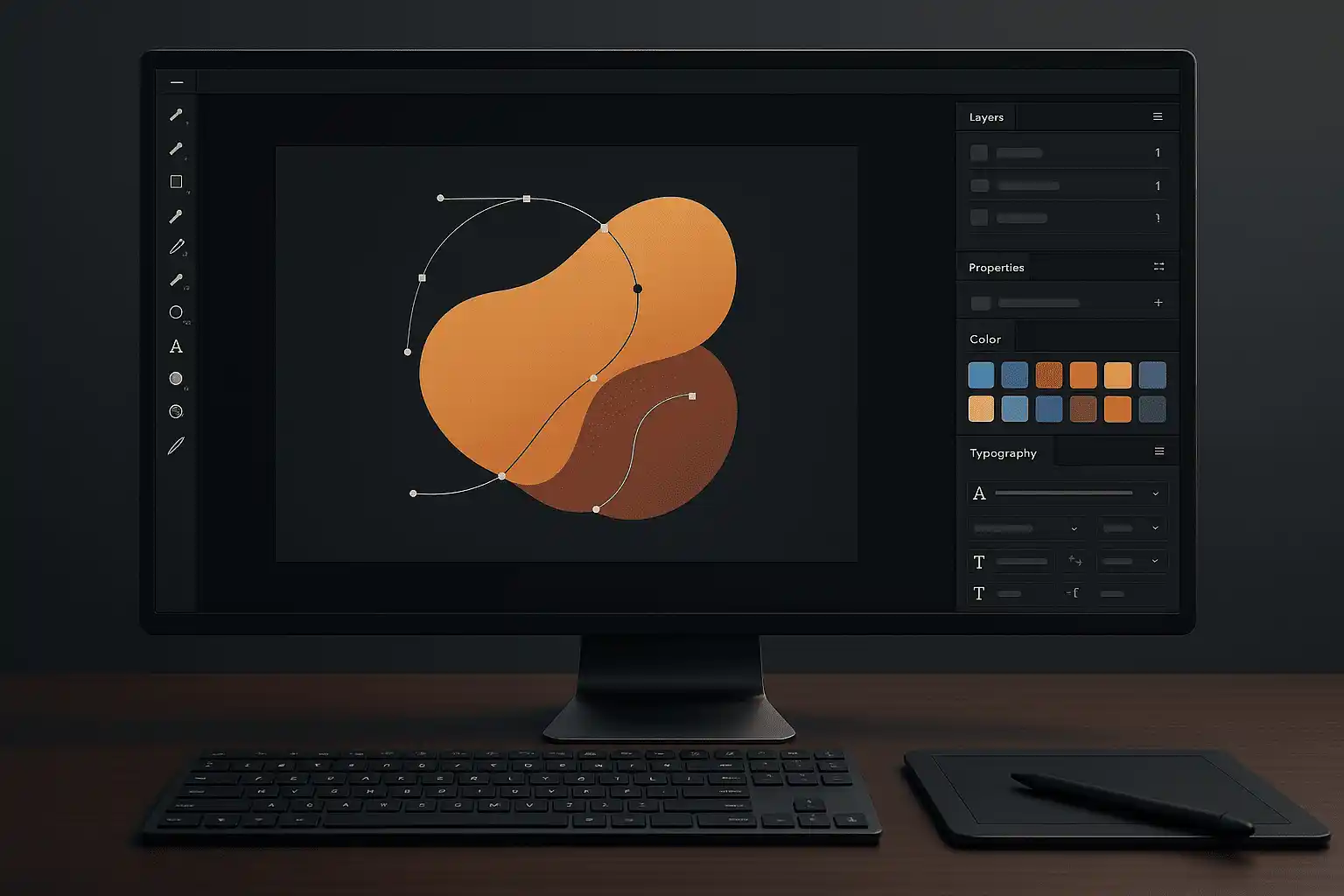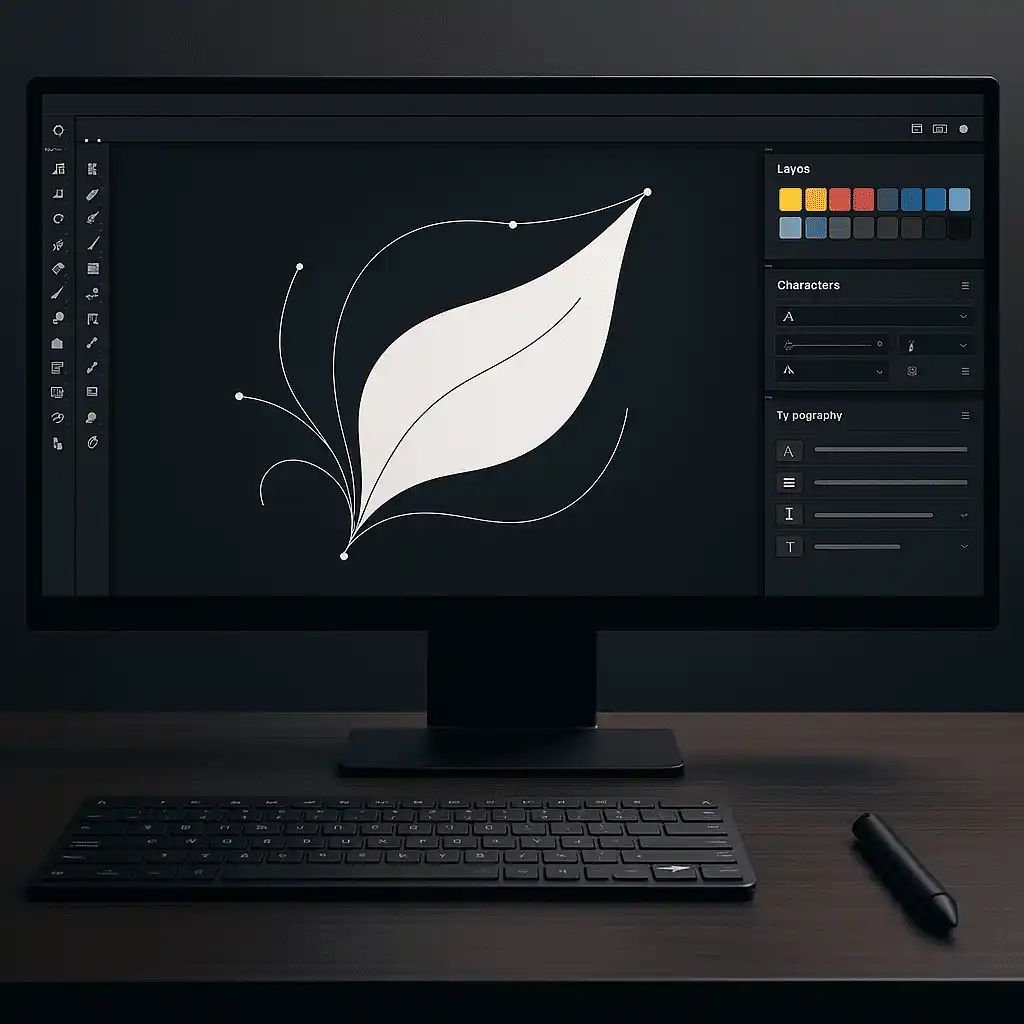Canva’s New Update Explained Simply (2025): Visual Suite 2.0, Magic Studio, Canva Sheets, and Affinity by Canva
Introduction
The world of digital content has changed rapidly in the last few years. What started as simple design templates has now become a full creative workspace for visuals, documents, presentations, videos, marketing, and collaboration. Canva has been one of the major leaders in making design simple and accessible.
With its latest update, Canva has taken a big step forward. Canva is no longer just a design tool — it is now a complete business visual workspace. In this update, Canva introduced new features such as Visual Suite 2.0, Magic Studio improvements, Canva Sheets, and deep collaboration workflows, making it easier for individuals and teams to create, manage, and publish content in one place.
And one of the biggest moves:
Canva has acquired the professional design software Affinity and has integrated it into its ecosystem.
This means that now Canva offers both:
- Simple drag-and-drop design for quick content
- Advanced, professional-level design tools for deep editing
In this blog, we will explore all major updates, how they work, why they matter, where to use them, and how to use Affinity by Canva step-by-step.
1. Visual Suite 2.0—A Complete Creative Workspace
Canva’s Visual Suite 2.0 allows users to create various types of projects inside one platform without switching between apps. Previously, if you were making a presentation and needed a document or video, you had to move to another tool. Now, you can create everything in one space:
- Presentations
- Documents
- Marketing kits
- Brand guidelines
- Social media posts
- Videos
- Whiteboards
- Websites
- Forms and interactive elements
This helps both individuals and teams work with consistency and speed.
How Visual Suite 2.0 Helps Businesses
Feature | Benefit |
Unified Workspace | No need to use multiple apps |
Consistent Branding | Same fonts, colors, logo used everywhere |
Team Collaboration | Multiple people can work together in real-time |
Templates & Layouts | Faster production, no design block |
One-click Export | Ready for sharing, printing, social media, and ads |

2. Canva Sheets — Turning Data into Visuals
Canva Sheets is a new feature that introduces spreadsheet-style data organization inside Canva. But unlike Excel or Google Sheets, the main goal here is visual presentation.
You can take raw data and convert it into beautiful charts and graphs that match your brand colors instantly.
Why Canva Sheets is Useful
- Easier client reporting
- Clean visual dashboards for teams
- Faster analytics-to-design workflow
- Zero need for switching apps
Example Use Cases
- Social media performance report
- Sales dashboard
- Campaign results
- Monthly business activity chart
Step-by-Step Guide to Create a Chart in Canva Sheets
- Open Canva → Search “Sheets”
- Import or type your data manually.
- Select the data range.
- Click Insert → Chart.
- Choose the style (bar, pie, line, etc.).
- Apply your brand colors from the Brand Kit.
- Insert the chart directly into a presentation or report.

3. Magic Studio — Smarter AI Support for Visual Content
Magic Studio is Canva’s bundle of AI-powered tools. These tools help you brainstorm, design, write, edit, and produce content quickly.
Key Magic Studio Tools
Tool Name | What It Does |
Magic Write | Helps draft text ideas, outlines, and captions |
Magic Design | Suggests layout and design styles instantly |
Magic Media | Generates images and videos from text prompts |
Magic Erase | Removes unwanted objects from photos |
Magic Animation | Adds motion to static designs |
Professional Tip
AI is helpful for starting, not finishing. Always edit the output to match your brand tone and accuracy.

4. New Marketing Workflow—LinkedIn Ads Integration
Canva now allows you to design an ad and publish it directly to LinkedIn Campaign Manager. This reduces time and avoids reformatting issues.
Benefits for Agencies
- Faster ad launches
- Consistent design quality
- Less technical manual work
Step-by-Step to Publish a LinkedIn Ad
- Design your ad in Canva.
- Go to Apps → LinkedIn Ads.
- Connect your LinkedIn account.
- Select your campaign.
- Publish from Canva.

5. Affinity by Canva — The Professional Design Upgrade
Affinity was a professional-grade creative software suite used by graphic designers and illustrators. Canva acquired it and has now made it part of its ecosystem.
Affinity includes:
Module | Purpose |
Affinity Photo | High-end photo editing and retouching |
Affinity Designer | Vector illustration and branding design |
Affinity Publisher | Magazine, catalog, and multi-page layout design |
Now, Affinity is offered as a single unified application.
Why Affinity Matters
- You can do professional editing that Canva cannot handle yet.
- Perfect for brand agencies, printing businesses, design studios, and marketing teams.
- Supports PSD, AI, PDF, and SVG, making it compatible across workflows.
How to Use Affinity by Canva (Step-by-Step)
Step 1 — Install Affinity
Visit Canva or Affinity's official page → download for Windows or Mac → install.
Step 2 — Open the Unified Affinity App
You will see:
- Photo workspace
- Vector workspace
- Layout workspace
You can switch between them without changing apps.
Step 3 — Create a New Design Workspace
File → New Document
Choose:
- Print (CMYK) for brochures, packaging, posters.
- Web (RGB) for social media and website graphics.
Step 4 — Import Assets
Use:
- File → Place → select images, logos, vector icons.
Step 5 — Edit, Mask, Retouch, or Draw
Use layers, brushes, pen tools, and effects.
Step 6 — Export Final Files
For print → PDF/X
For web → PNG / JPG
For transparency → PNG
For source editing → .afdesign (Affinity format)

6. When Should You Use Canva vs Affinity?
Task Type | Best Tool | Reason |
Social Media Posts | Canva | Quick layouts & template speed |
Presentations | Canva | Easy exporting & branding |
Video edits & animations | Canva | Simple timeline animations |
Detailed photo retouching | Affinity | Layer precision & brushes |
Logo & branding design | Affinity | Vector control & scalability |
Printing brochures or catalogs | Affinity | Page layout accuracy |
7. Example Workflow for an Agency
Goal: Create a product campaign.
Task | Tool | Why |
Mood board + copy draft | Canva Whiteboard + Magic Write | Fast planning |
Social post design | Canva Templates | Consistency |
Website banner retouching | Affinity Photo | Image refinement |
Print brochure layout | Affinity Publisher | Print-safe export |
Performance report | Canva Sheets | Visual clarity |
8. Where to Place Images Throughout the Blog (Checklist)
Section | Image Type | Placement Style |
Introduction Banner | Canva Workspace Graphic | Full-width top hero |
Visual Suite 2.0 | Dashboard Screenshot | Right-aligned image |
Canva Sheets | Chart Visual | Center with caption |
Magic Studio | Before/After Photo | Side-by-side grid |
LinkedIn Ads | Ad Mockup | Centered square format |
Affinity Workspace | Interface Screenshot | Full-width near bottom |
Conclusion
Canva’s new update shows a clear direction: simple creativity + professional power in one ecosystem.
- Canva continues to empower fast, clean, collaborative content creation.
- Affinity now gives users precision and control for high-end visual design.
- Together, they remove the gap between “quick design” and “professional design.”
This is a major advantage for:
- Agencies need fast turnaround.
- Business teams are working on consistent branding.
- Freelancers who want to level up their professional design capability.
In short, Canva now works for both beginners and professionals — a unified creative environment built for real content needs.
Read More Blogs
For More Info or want to take seo services
Reach out us at +91 7303203228,
E-mail us at rishav3228@gmail.com